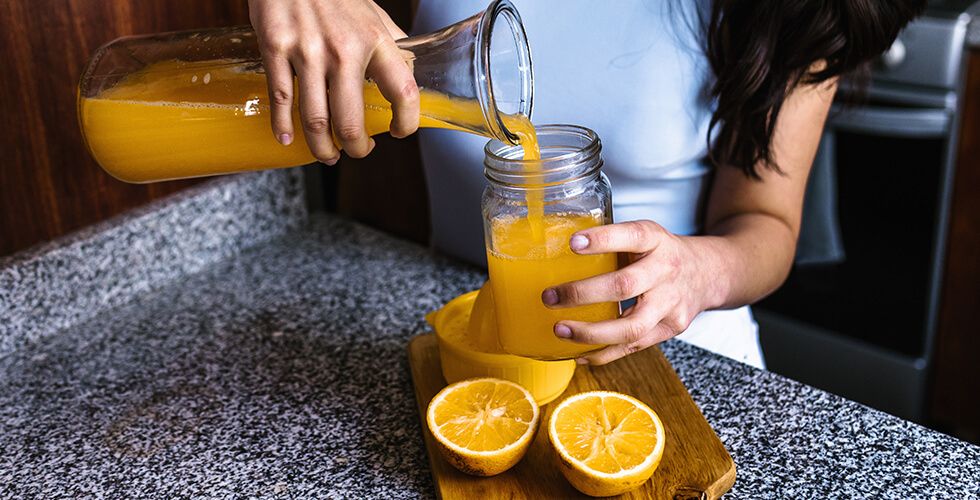
Orange juice may seem like a wholesome breakfast classic, packed with vitamin C, but beneath the sunny surface lies a less-healthy reality. Most bottled orange juice lacks fiber, can contain misleading additives, and delivers sugar far more quickly than whole fruit. In contrast, eating an orange delivers nutrition more naturally and safely.
One cup of orange juice contains just about 0.7 grams of dietary fiber. In contrast, the same amount of orange segments offers over 4 grams, not only slowing sugar absorption, but also promoting fullness and gut health. Without fiber, juice can trigger rapid spikes in blood sugar and insulin, and it’s easy to overconsume, downing the equivalent of several oranges in a single glass.
Even “100% juice” labels can be misleading. Commercial pasteurization strips out natural flavor, prompting producers to add “flavor packs”—engineered compounds that recreate freshness but mask heavy processing. Some juices also include added sweeteners or preservatives, even when labeled as “from concentrate” or “not from concentrate.”
Whole oranges offer everything juice does—and more. They are rich in vitamin C, potassium, and antioxidants like flavonoids and carotenoids, while the fiber content supports digestion, slows sugar absorption, and aids in cholesterol control. Eating fruit also encourages chewing and saliva production, promoting oral health and helping with appetite regulation.
Though moderate juice intake (4–6 ounces a day) can fit into a healthy diet, experts recommend prioritizing whole fruit for most servings of produce. Studies show that replacing juice with whole fruit can lead to reduced calorie intake, higher fiber consumption, and better long-term health outcomes.

